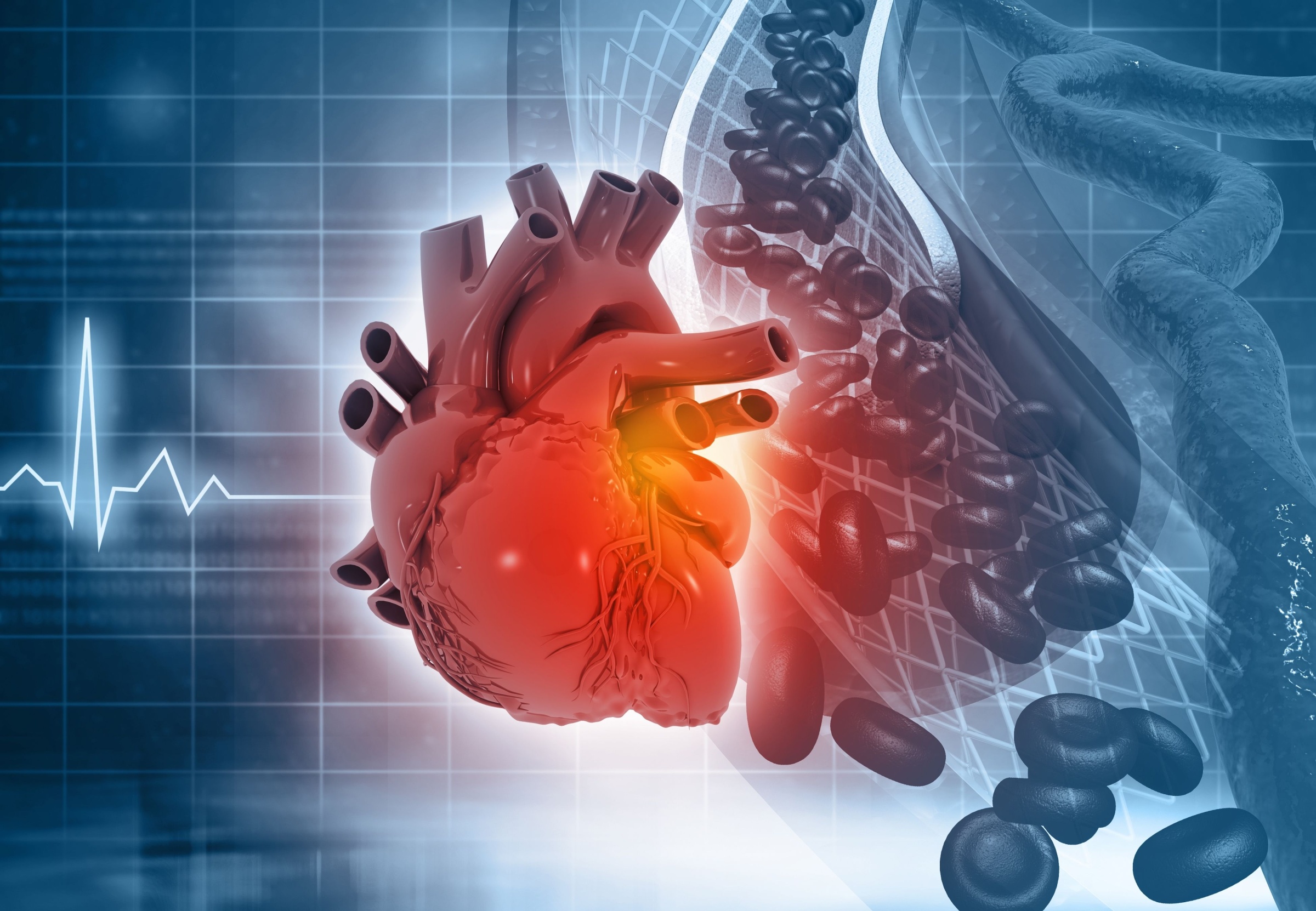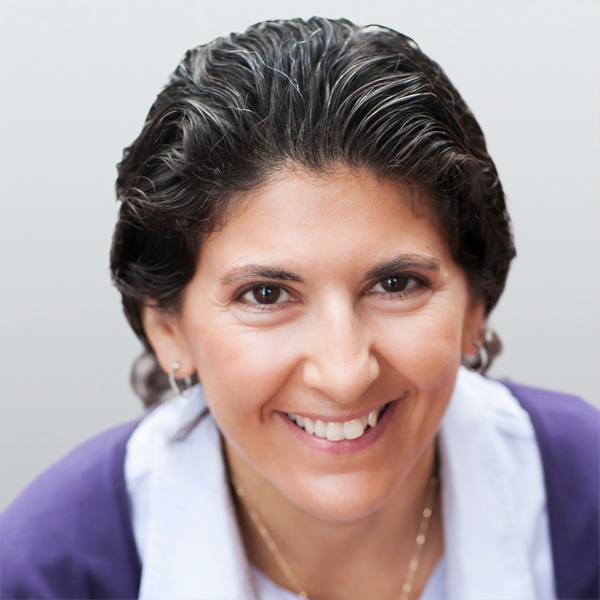Have you been told your “bad cholesterol” is too high? Maybe you’ve been prescribed a class of drugs called statins, which are designed to lower your LDL—low-density lipoprotein—also known as “bad cholesterol.”
Statins do what they are designed to do, but there are two major problems. First, the mechanism of action causes a multitude of side effects that can lead to worse health. Second, there is now substantial evidence that casts doubts that lowering your LDL prevents heart attacks and that the highest rates of death and dementia are in those with the lowest levels of LDL.
The claim that eating too much saturated fat raises your level of LDL and therefore your risk for heart disease is also being refuted by mounting evidence. Research strongly suggests that sugar and simple carbohydrates (such as bread, pasta, and processed foods) are a far more significant factor in heart disease. Healthy natural fats from pasture-raised animals (as well as fish, avocados, and nuts) are actually associated with a lower risk for heart disease.
Part of the confusion about heart disease seems to stem from the lack of a replacement candidate for cholesterol to be the bad guy. Pharmaceutical intervention requires a specific process to act on. A drug is researched for its ability to affect a single symptom and then promoted for that effect. Heart disease is more multidimensional than this business model allows for.
Worth noting is that sales of statins are one of the biggest money generators for the pharmaceutical industry at more than $15 billion in 2023. Brand names include Lipitor, Crestor, and Zocor, with generic names such as lovastatin and simvastatin. Without an alternative culprit to address with a pill, it is more profitable for the industry to keep selling statins.
Why Cholesterol Is a Red Herring
Cholesterol is a hugely important substance in the human body, found in every cell and needed to maintain the integrity of cell membranes. Your most vital hormones are synthesized from cholesterol. It is essential in the proper functioning of your brain and nervous system and is nature’s repair substance—used to repair any micro-tears in vessels including your arteries.
One well-researched analysis published in the British Medical Journal provides some insight into a number of key tenets of the cholesterol myth. The analysis looked at dietary guidelines for those with familial hypercholesterolemia (FH). FH is defined by the Centers for Disease Control and Prevention as individuals who have LDL levels above 190 milligrams per deciliter.
The analysis is relevant at lower levels though, and highlights that LDL scores are more heavily influenced by genetics than diet. It also highlights the far more important role of lipoprotein (a), or Lp(a), levels in your risk for heart attacks and strokes than your LDL. There are no pharmaceutical drugs approved to reduce Lp(a).
However, the cheap and readily available supplement niacin (vitamin B3) appears to do the job and is touted as a safer alternative to statins.
Two of the main conclusions reached by the BMJ analysis were that “there is no evidence to support the recommendation that FH individuals should consume a low saturated fat, low cholesterol diet” and that “a low carbohydrate diet (LCD) significantly improves cardiovascular disease biomarkers, compared with a low fat diet.”
Dr. Aseem Malhotra, a world-renowned cardiologist and one of the authors of the BMJ analysis, has written a highly accessible book called “A Statin-Free Life.” In it, he walks the reader through the science step by step in plain English, including how statins achieve their goal, the downsides of taking statins, a broader understanding of heart disease, and a clear plan to reduce your risks including exercise recommendations and recipes.
The Real Culprits in Heart Disease
While sugar and simple carbohydrates leading to insulin resistance are certainly part of the problem, it is not the only boogeymen in heart disease. It is the very complexity of the human body that seems to have led to a sort of paralysis among doctors and scientists who cannot definitively nail the exact cause and progression of heart disease—the biggest killer in the world. Rather than admit we don’t fully understand all the mechanisms and that living a healthy lifestyle is really what it takes to reduce your risks, it is easier to focus on cholesterol.
Enter Dr. Malcolm Kendrick, a general practitioner, who, like Dr. Malhotra, hails from the British Isles and speaks openly about “The Great Cholesterol Con,” the title of one of his books. In his latest book, “The Clot Thickens: The Enduring Mystery of Heart Disease,” Dr. Kendrick outlines in great detail the most plausible explanation for heart disease available, complete with helpful illustrations, extensive scientific references, and a heavy dose of humor.
One of Dr. Kendrick’s references is the heavily utilized algorithm known in the UK as QRISK, which doctors use to calculate your risk of a heart attack in the next 10 years based on 20 factors. You can play with it yourself—just input your own data and easily see that reducing your LDL cholesterol by say 50 points doesn’t change your risk at all.
Smoking, on the other hand, makes a big difference, as does having diabetes. Some of the other factors that increase your risk include kidney disease, having rheumatoid arthritis or lupus (an autoimmune disease), a history of migraines, severe mental illness, and taking steroid medication. It is Dr. Kendrick’s investigation into why these seemingly unrelated factors all cause heart disease that is the core of the narrative.
Although the book is written like a great detective novel, the plot is not spoiled by revealing that the punch line is blood clots. Despite the complexity of the elements and mechanisms involved, the answer turns out to be quite simple. As Dr. Kendrick says, “it is not structure or function but ‘process’ that links [the risks for heart disease].” We know that a heart attack is caused by a blood clot in the coronary artery and that a stroke is a blood clot in the arteries leading to the brain.
The mystery is understanding what causes the blood clots.
Dr. Kendrick introduces us to the endothelium (the lining of your blood vessels), explaining that “a healthy and undamaged endothelium is all that is needed to prevent harmful substances ... entering the artery wall” as well as the glycocalyx (the slippery substance that covers and protects the endothelium), or as Dr. Kendrick calls it, “the super Teflon of the natural world.”
When the glycocalyx is damaged, it exposes the endothelium. If the endothelium is damaged, your body rushes in with a temporary plug—a blood clot—until endothelial progenitor cells can come and replenish it. The blood clot can then dissolve and the glycocalyx reform. Problems arise if the damage is happening faster than the repair process can be completed.
Dr. Kendrick then goes on to discuss each of the known risks for heart disease and how they fit into this scenario using nearly 300 scientific references to support the hypothesis of individual mechanisms. One example is a 2002 study on plaque composition published in Heart, which states that “thromboembolic material [i.e., blood clots] is therefore sufficient on its own to induce plaque formation.”
One of the most interesting explanations in the book is the role of steroid medications (such as prednisone) that are used extensively to dampen down the immune system in various autoimmune diseases. Dr. Kendrick explains, “It is important to understand the extremely chemical connection between all steroids and cortisol. As a result of this, they have almost identical adverse effects on the human body.”
So the connection can be seen between emotional or physical stress, which raises our cortisol levels, and the damage done to the lining of our blood vessels. In both cases, the steroid causes glucose to be released from the liver (to ensure we have the energy to tackle the expected emergency), but this results in too much sugar circulating in the blood, leading to insulin resistance.
Sugar is known to damage the delicate glycocalyx, further linking steroids and diabetes as risk factors. Dr. Kendrick highlights key findings from a study published in the journal of the American Diabetes Association, explaining, “When the blood sugar level spikes, the glycocalyx is stripped off.”
Bacterial infections are known to secrete toxins, which also damage the endothelium, and, according to Dr. Kendrick, “bacterial exotoxins cause CVD [cardiovascular disease] in very much the same way as smoking or raised blood sugar levels.” This explains why periodontal disease (infections in the teeth or gums) is also a risk factor for heart disease. The situation can be further compounded by stress or the use of steroid medications, which have a dampening effect on the immune system and thwart the attempt to combat the infection.
There are many interdependencies and much untangling required regarding heart disease. However, even this oversimplified summary highlights the amazing design of the human body and why it is so difficult to design a scientific study that would provide a definitive answer to heart disease. While the medical industry continues to promote solutions it can sell, it should be evident that only a lifestyle approach that tackles the underlying mechanisms will help you prevent and reverse heart disease.
How to Reduce Your Risks
1. Watch Your Diet
As you’ve likely heard time and again, you are what you eat. Food is medicine. Focus on clean whole foods that are God-made, not man-made. Reduce sugars including simple carbohydrates such as bread and baked goods. Eliminate processed foods that are full of unnatural vegetable and seed oils as well as added sugars. Healthy natural fats promote heart health—including nuts and avocados as well as pasture-raised animals fed their natural diet rather than corn.
2. Manage Your Stress
Finding ways to relax, such as reading, meditation, taking up a new hobby, spending time with friends, getting more involved in service work, or religious practices that take the focus off yourself and put it onto something bigger, are all good solutions. Getting seven to eight hours of sleep a night is also important.
3. Take Care of Any Chronic Infections
Many people are walking around with undiagnosed infections such as Lyme disease, parasites, mold spores, or any number of viruses hiding out in their cells. Your mouth is the biggest culprit, with low-grade periodontal disease all too common from decaying teeth and gums. Visit the dentist regularly.
4. Daily Movement and Exercise
Even beyond stress relief, exercise can help manage your blood sugar and strengthen your immunity. It also helps keep your blood flowing and reduces the risk of blood clots.
5. Get Out in the Sun
In addition to synthesizing vitamin D in your skin (which boosts your immunity among many other positive factors), sunlight has
been shown to help the body synthesize nitric oxide, which lowers your blood pressure and helps prevent blood clots. It has also
been shown to improve insulin resistance, which protects the endothelium.
6. Drink Plenty of Pure Water
Water is critical to the optimal functioning of every cell in your body. It helps flush toxins out, lubricates your joints, carries oxygen to your cells, and facilitates all the electrical activity including your heart-beat and nervous system. Dehydration can cause your blood to coagulate and lead to blood clots. In addition to whatever else you are drinking, make sure to include eight 8
-ounce glasses of water daily.
7. Use Natural Supplements Whenever Possible
Here’s just a sample of inexpensive supplements that have been shown to reduce your risks of heart disease through various mechanisms:
- As mentioned above, niacin helps to reduce Lp(a) and has a range of other health benefits.
- Berberine is as effective, or more so, than the drug Metformin at lowering blood glucose.
- Glucosamine, together with chondroitin sulfate, is often taken to improve the symptoms of arthritis through its action on cartilage. There is also strong evidence that it has a similar beneficial action of repairing the endothelium and hence lowers the risk for heart disease.
- Magnesium is a critical mineral for the correct functioning of the heart and a common deficiency in the Western world. This has been highlighted in Israel, where there is a high use of desalinated water. One study found an increased risk for ischemic heart disease for those who relied on desalinated drinking water with its absence of magnesium and other minerals. Another study found the risk of dying from a heart attack was higher in areas of the country using desalinated water.
- Nattokinase, a natural enzyme found in natto, a cheese-like food made from fermented soybeans, has been found to have significant fibrinolytic activity, essentially breaking down blood clots and enhancing blood flow.
Unsurprisingly, these remedies support all aspects of health. In short, the amazing human body can heal itself from damage if it is given the right support and nourishment. There is no quick fix or silver bullet and certainly no pill that can mend what is broken. Everyone is unique, and only you can know the confluence of factors that might be damaging your body. Hopefully, you now have a better idea of what those might be and understand that no doctor has all of the answers.







